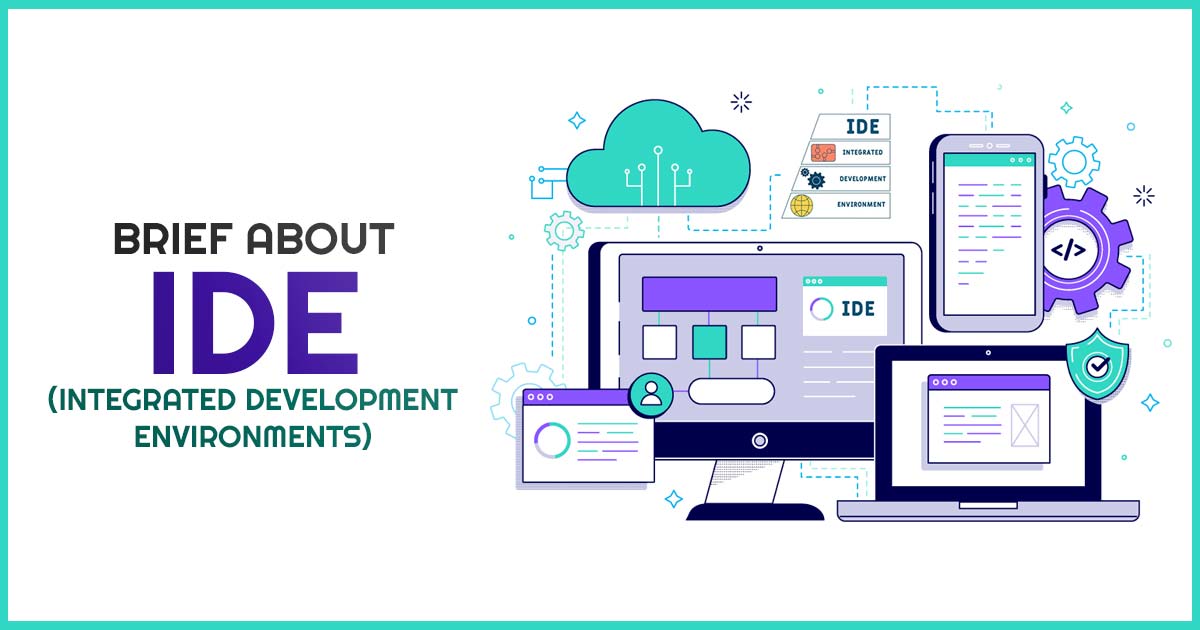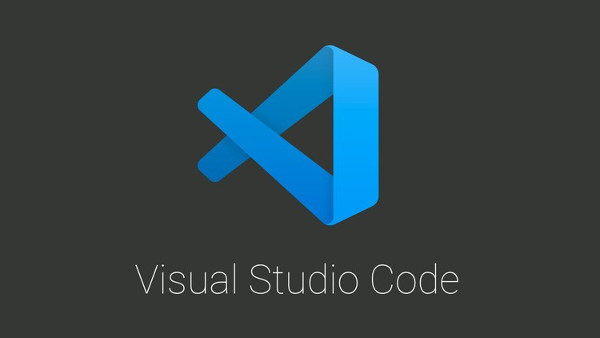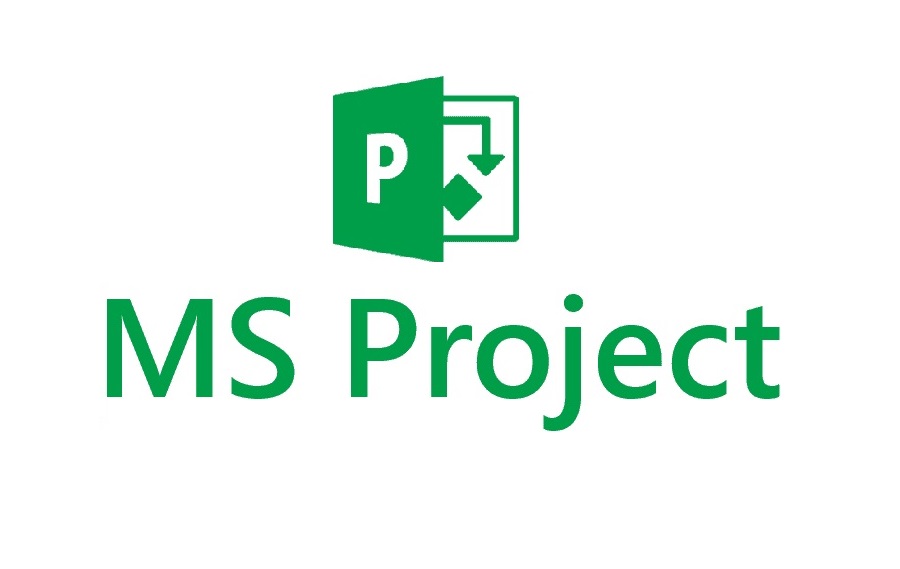development environments (IDEs): Your key to efficient software development
Pubblicato su

Pubblicato su

RemoteScout24 · Pubblicato su 2023-10-04 17:59:01.0
RemoteScout24 · Pubblicato su 2023-10-04 17:59:01.0
RemoteScout24 · Pubblicato su 2023-10-04 17:59:01.0
RemoteScout24 · Pubblicato su 2023-10-01 17:59:01.0



